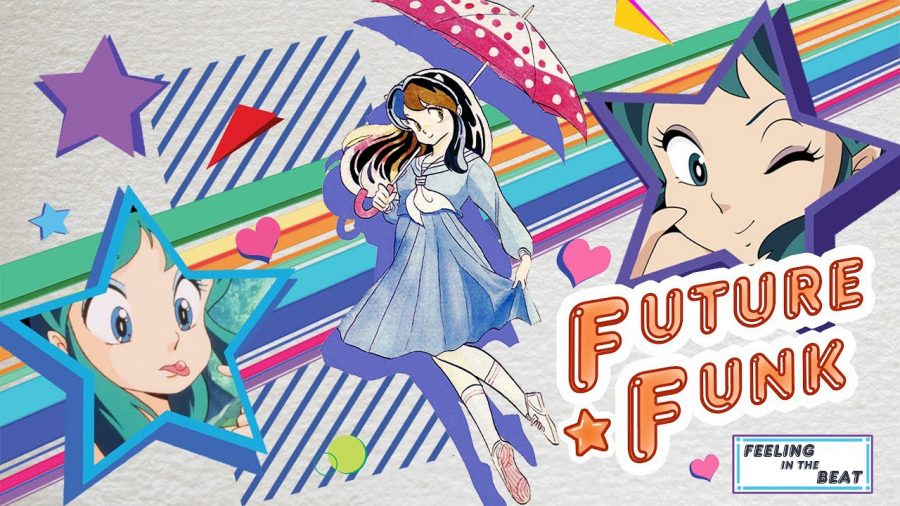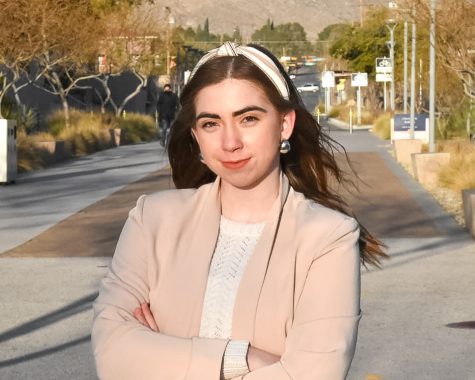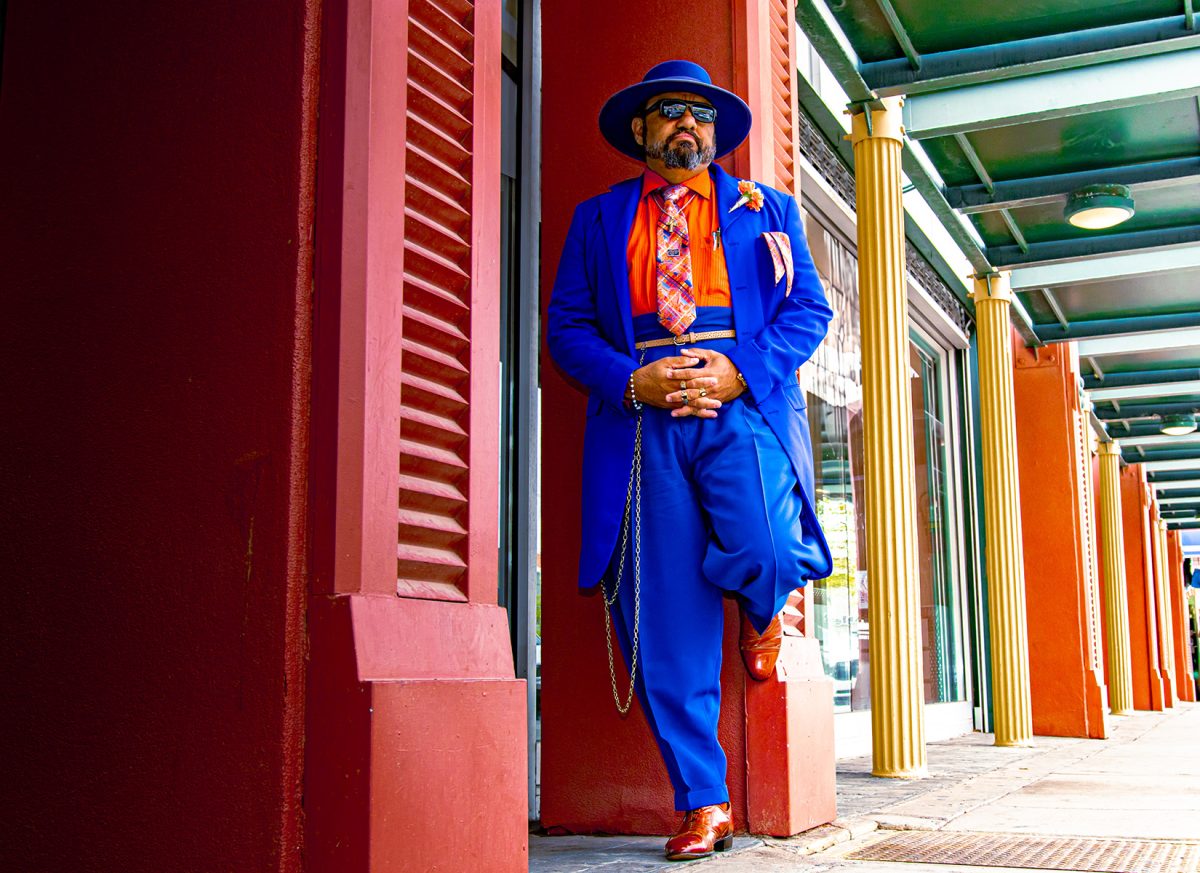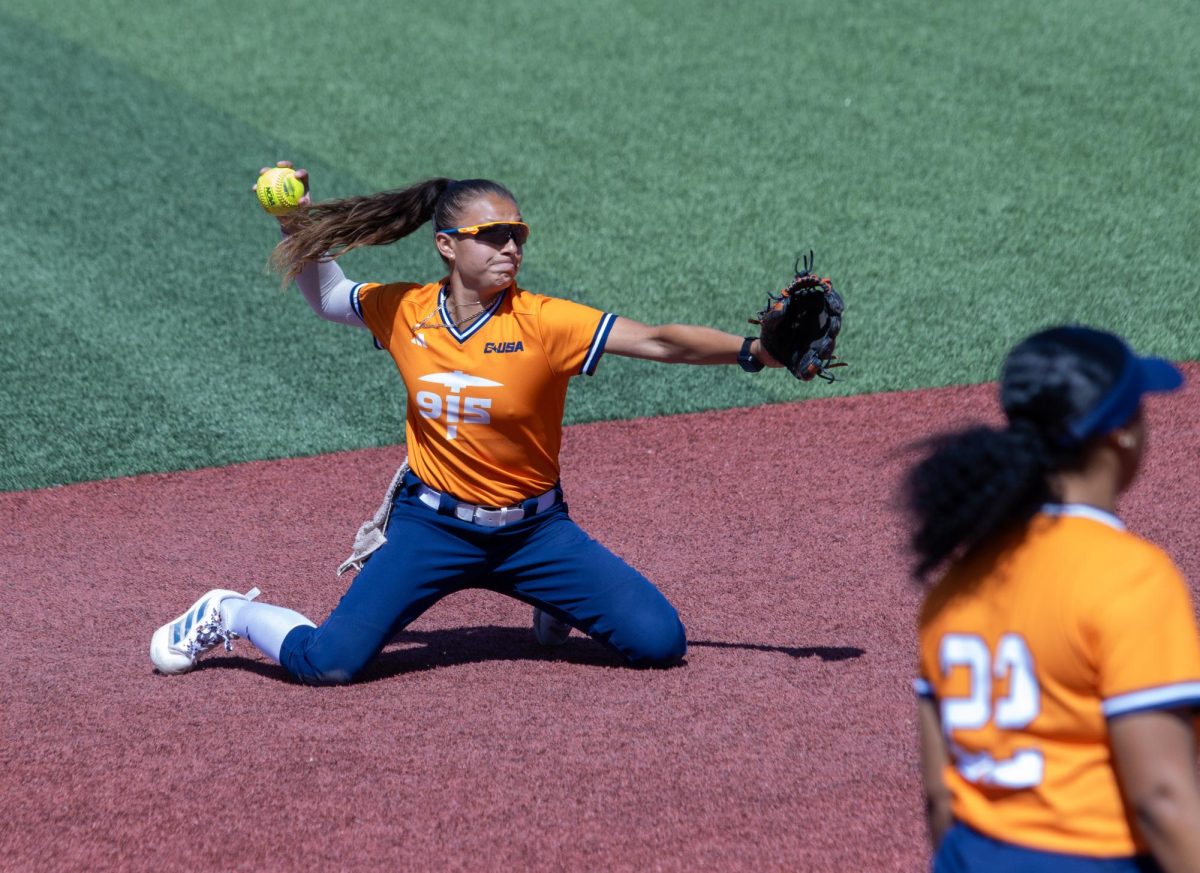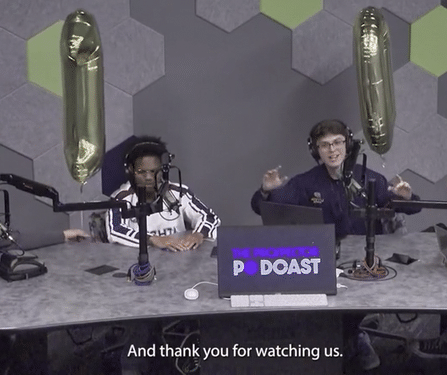Staff reporter Margaret Cataldi interviewed Hayley Mendoza, a member of the marching band at New Mexico State University and applied business major minoring in music theory, on future funk, a microgenre that has garnered attention in the online music community within the last decade.
Cataldi: What is future funk?
Mendoza: Future funk is a genre of music that uses elements of funk, disco and Japanese music with nostalgic influences. It’s very upbeat, funky and is usually associated with the aesthetic of ‘90s anime or consumer culture. It is usually a disco-like electronic remix of an older, obscure Japanese pop song set to 128BPM (beats per minute).
Cataldi: When did you first discover the genre and how?
Mendoza: I’ve always been fascinated with the ‘80s decade, specifically in Japan. It’s like a certain feeling of longing for a time you’ve never experienced. I would listen to Japanese city pop, a very significant style of pop that emerged in Japan in the ‘80s. There was this one popular song in particular called “Plastic Love” by Mariya Takeuchi and I happened to stumble upon a future funk remix of the song by an artist called Night Tempo. I loved it and from there I came across a whole bunch of other future funk remixes and future funk artists.
Cataldi: What appeals to you about the genre?
Mendoza: The appeal to me is the overall feeling of the music. It’s nostalgic, fun to listen to, upbeat and it makes you happy. It makes you feel like you’re dancing in a ‘90s anime and for people who are suckers for nostalgia, that kind of feeling is priceless. A lot of people would say that future funk just rips off the original song, but I disagree. It brings a new meaning and feeling to it. There’s a lot more effort put into it than a lot of people think. It also brings a lot of attention to the original song.
Cataldi: How often do you listen to future funk?
Mendoza: If I’m not listening to regular ‘80s pop music, I’m probably listening to future funk – quite frequently. It’s fun to listen to in the car or just while doing homework. But every once in a while, a future funk artist will have a concert, and that’s the best way to experience future funk, I think.
Cataldi: Who are some of your favorite future funk artists?
Mendoza: There are a lot of future funk artists, but I think maybe five or six of them really dominate the genre. Some of my favorites are Yung Bae, TANUKI, Skylar Spence or Saint Pepsi, Flamingosis, Night Tempo and Macross 82-99. A lot of them often collaborate with each other, too, which is always a nice treat. It may sound surprising, but even mainstream artists, notably Daft Punk, are documented to have those same Japanese disco-funk influences in their music and videos. You can really hear it in a lot of their songs. In Daft Punk’s “One More Time” both the video and the song are essentially what future funk is all about.
Cataldi: As a musician, does future funk inspire you at all?
Mendoza: As a classical musician, not particularly. But future funk has some other musical elements that make it what it is. For example, one of the most important elements in a future funk song is how the bass is used. You’ll often hear meaty ‘70s funk bass riffs. Since most future funk songs are remixes, a lot of the added composition are these classic funk elements that the original song didn’t have.
Cataldi: Have you ever tried to compose anything “future funky” before?
Mendoza: Future funk composition is extremely hard for a musician whose instrument is not a computer. Many people would argue that it takes little skill, but it’s quite the contrary. As a brass musician, my music is written for me and I play what is written because my instrument makes the sound it’s supposed to. But when using a computer, you have to know how to create the exact sound you’re looking for and how to manipulate it to do what you want. There are so many knobs and filters and effects that you have to really know what each of them do to create the right feeling of a future funk song. Especially because future funk is essentially a very technically heavy remix of its original form. So yes, I have definitely tried to create my own future funk, but just like practicing an instrument. I need to practice what all those knobs do before I can make anything of significance.
Cataldi: Do you think future funk is underrated, overrated, or in the middle?
Mendoza: I think that right now, there’s a good amount of traction for this genre. Many future funk artists are making big waves both around the country and around the world. It is an acquired taste, so I don’t expect everyone to like it, but it really is one of those genres that will attract like-minded people. That’s why I think the future funk community is so close-knit. A lot of people are pushed away by the fact that it’s in a language they don’t understand, and that’s understandable. But for those that aren’t, it’s a fun thing to try.
Cataldi: What other genres are there that are similar to future funk?
Mendoza: Future funk is often associated with vaporwave. Vaporwave is future funk’s sad, wistful, slower cousin, but equally, if not more, nostalgic. Though the two music styles are very different, they have the same listener base and share a similar aesthetic. Vaporwave is also somewhat of a phenomenon on the internet. It’s a musical critique on early 1990s-2000s internet culture and 1980s consumerism. This genre is slow and reminiscent of a time that once was. I know that sounds completely different than future funk, but vaporwave often uses city pop as its base, as well as a nostalgic aesthetic and heavy sound mixing to achieve the right feeling.
Margaret Cataldi may be reached at [email protected]


